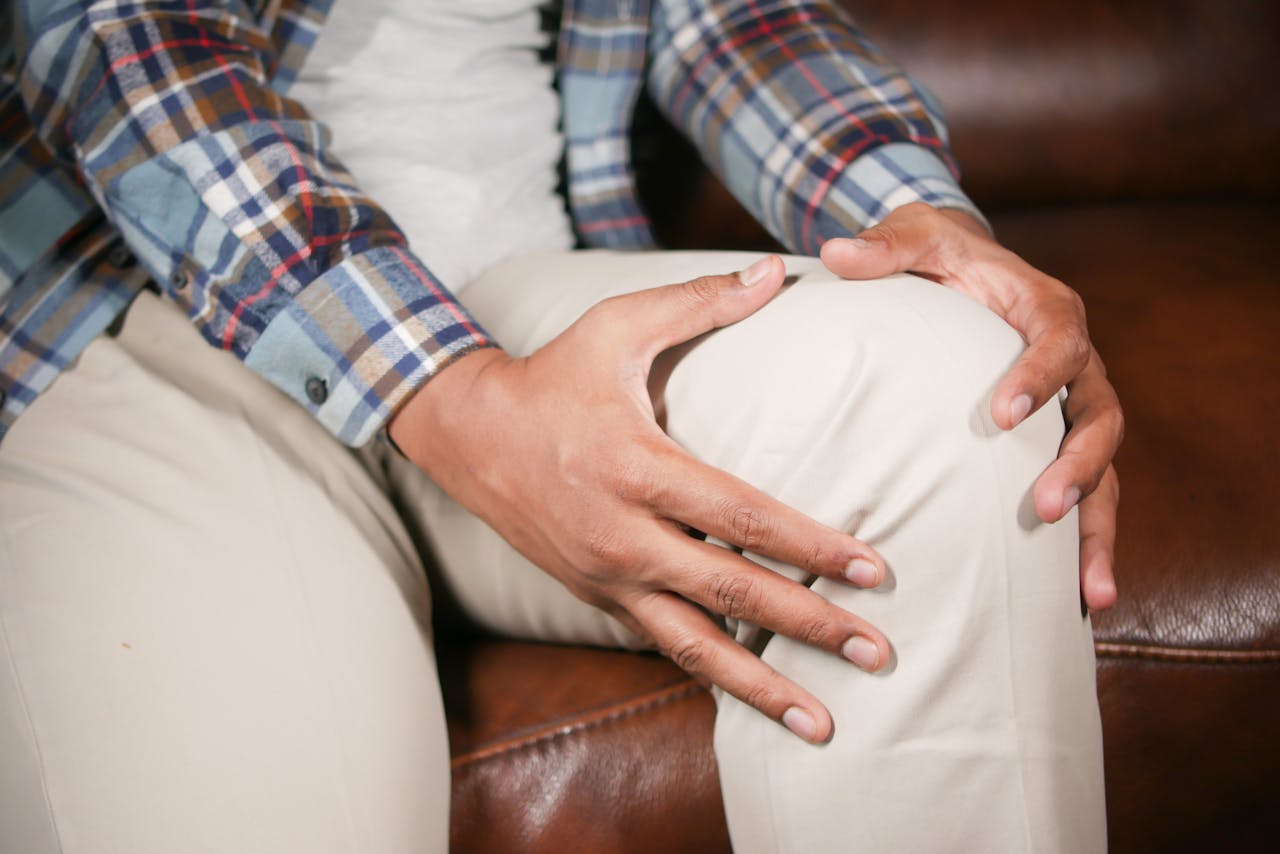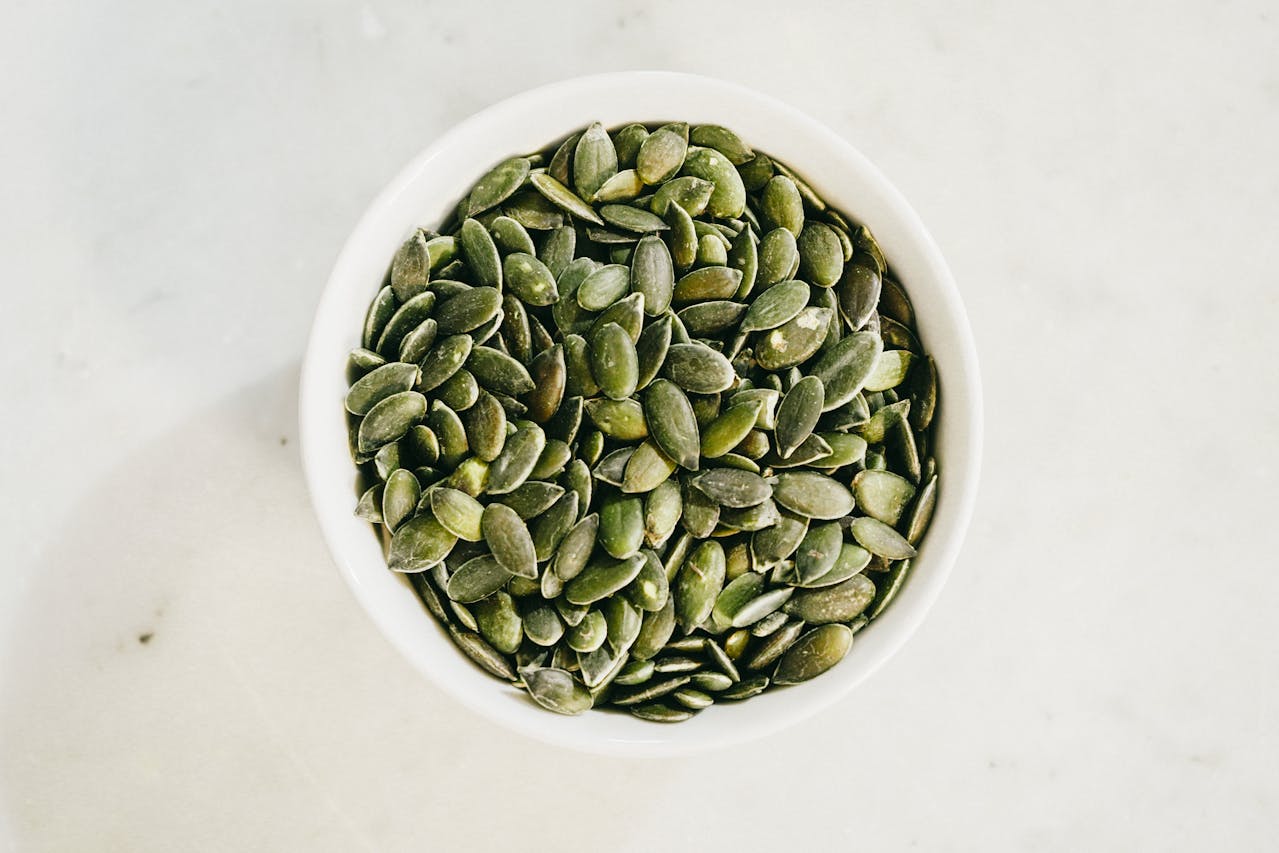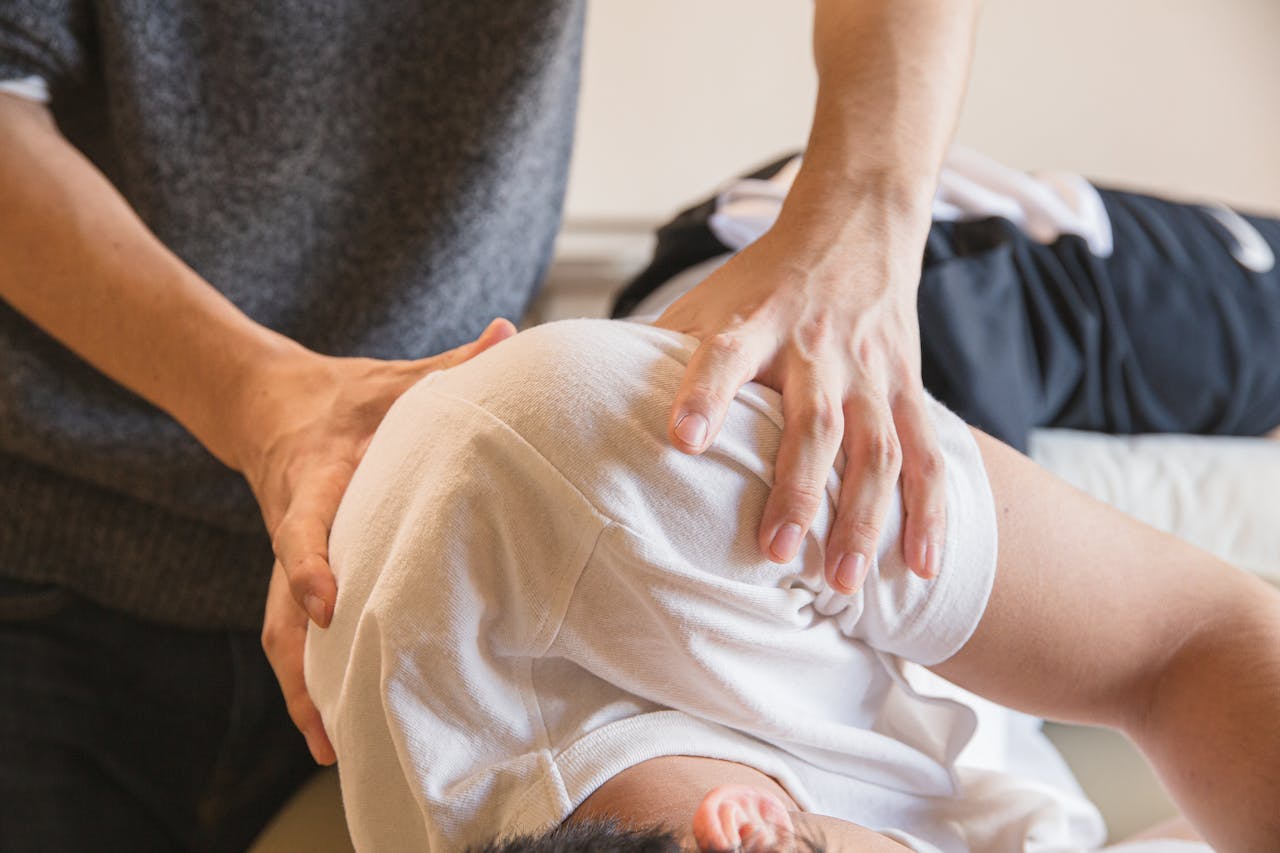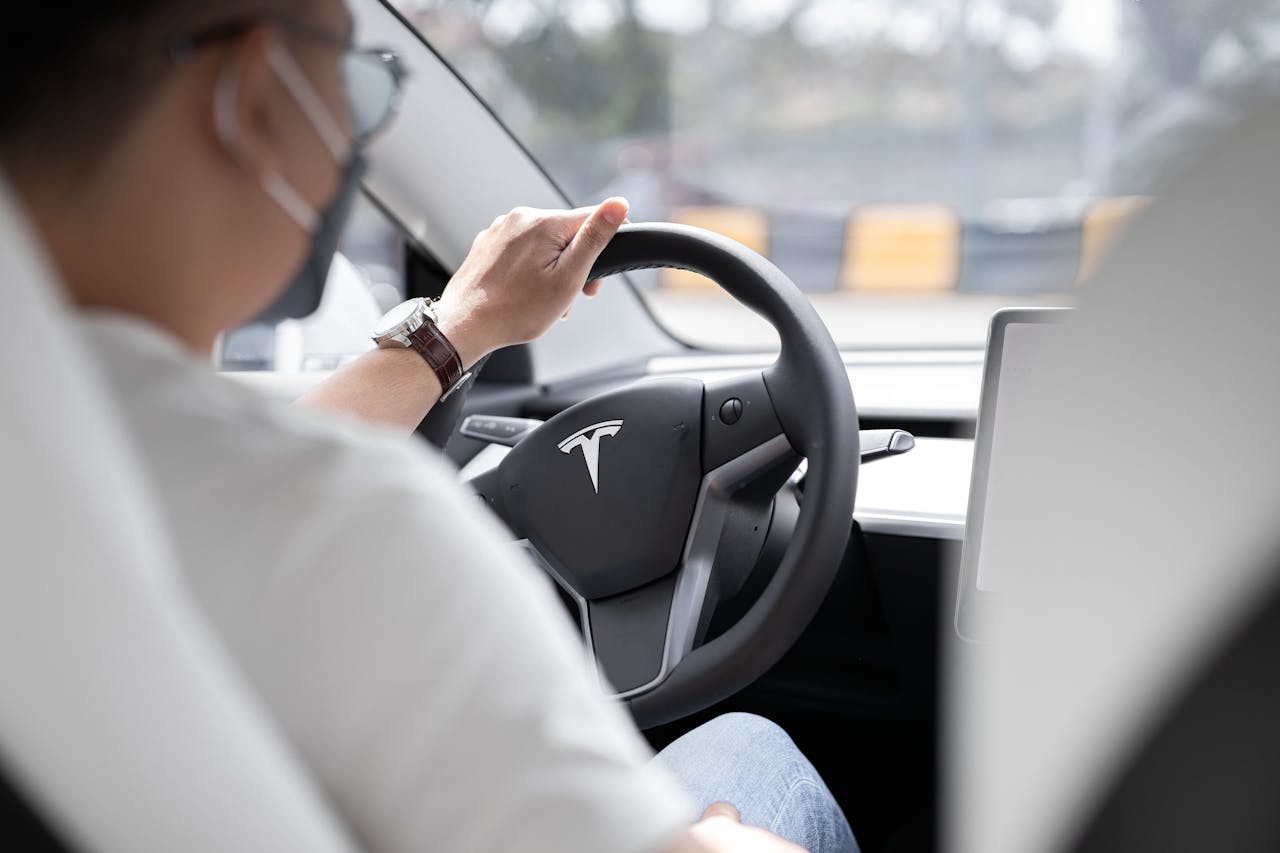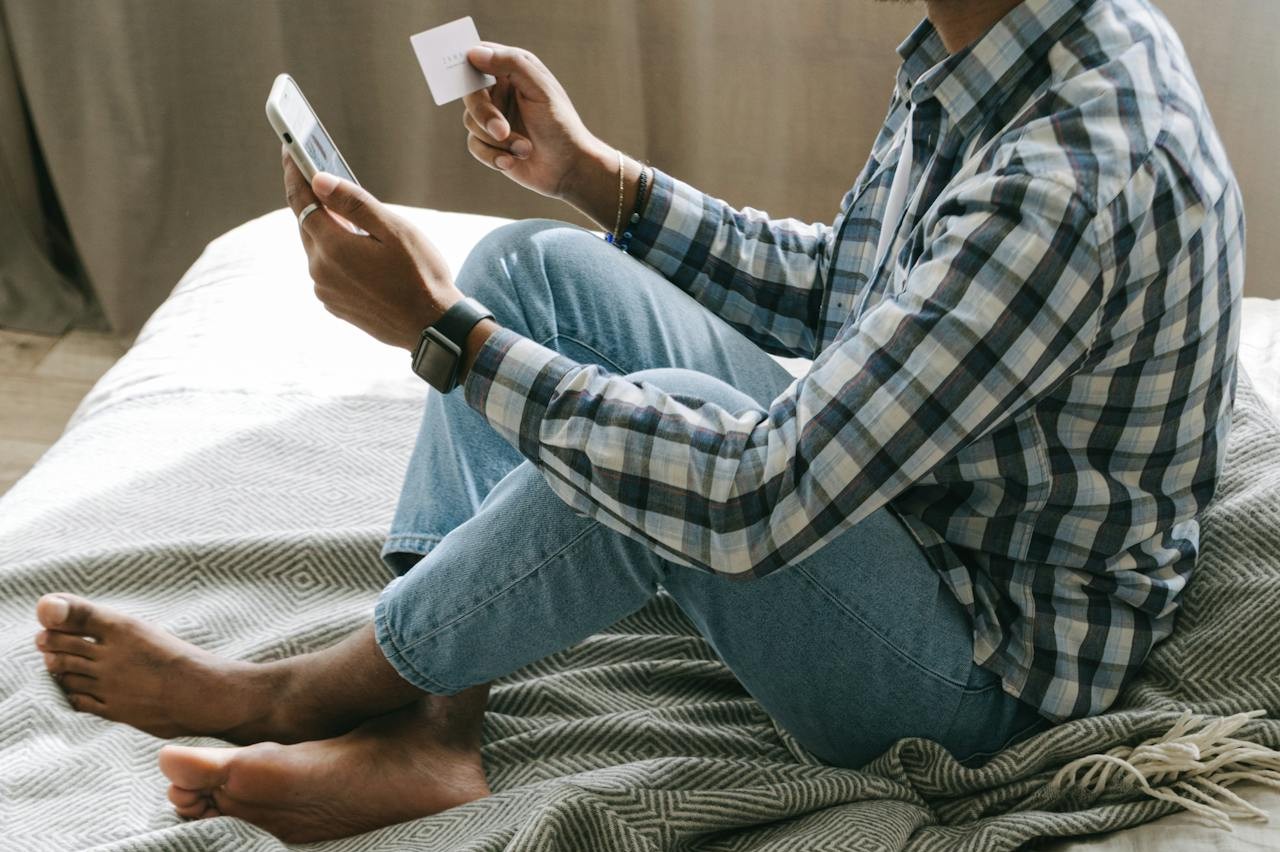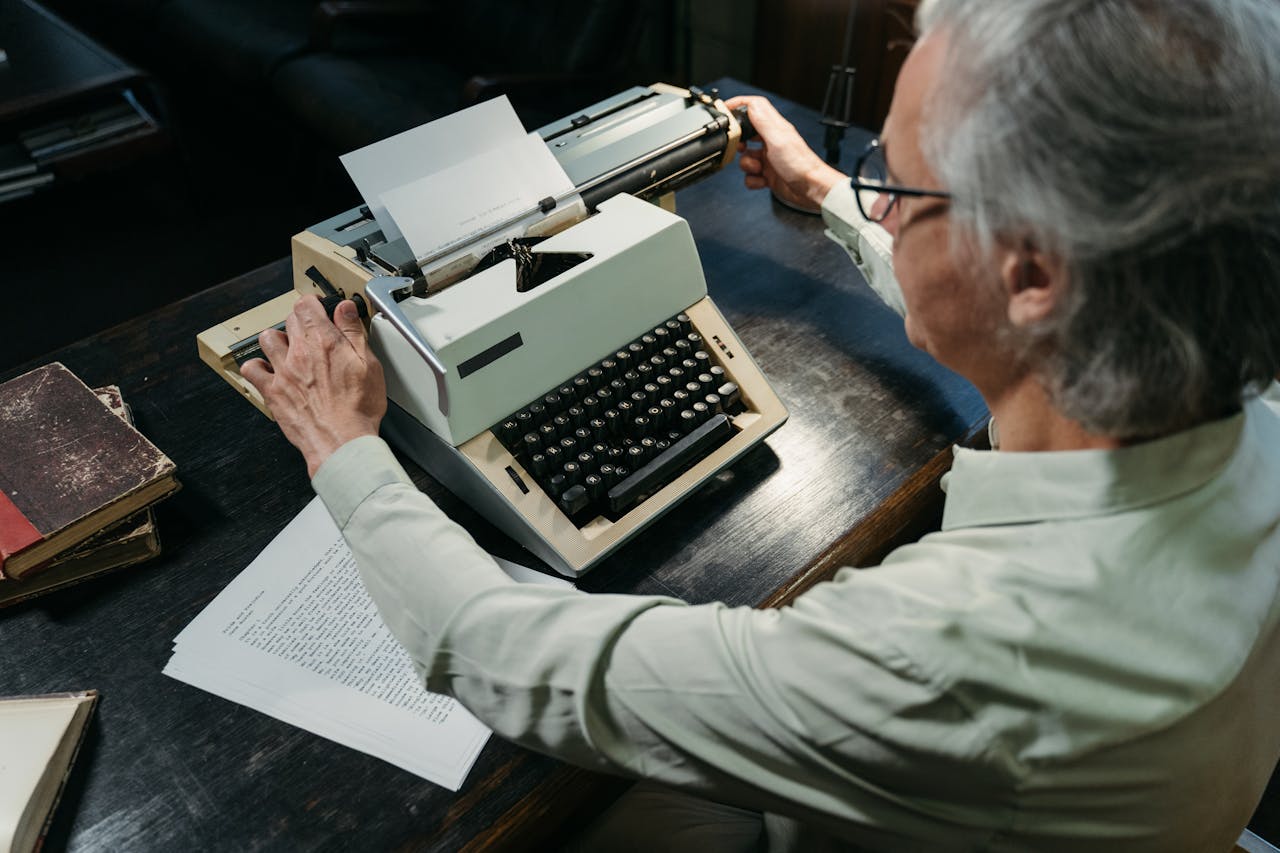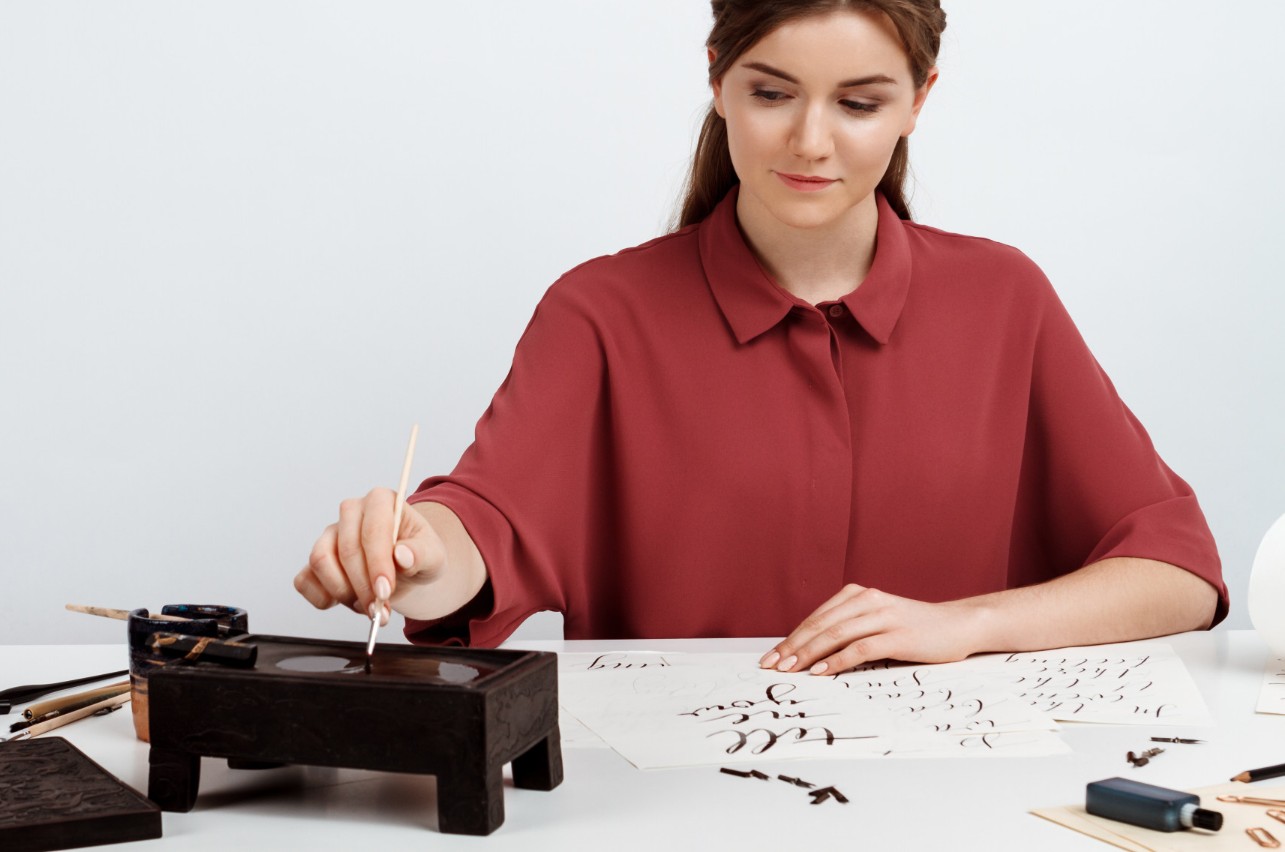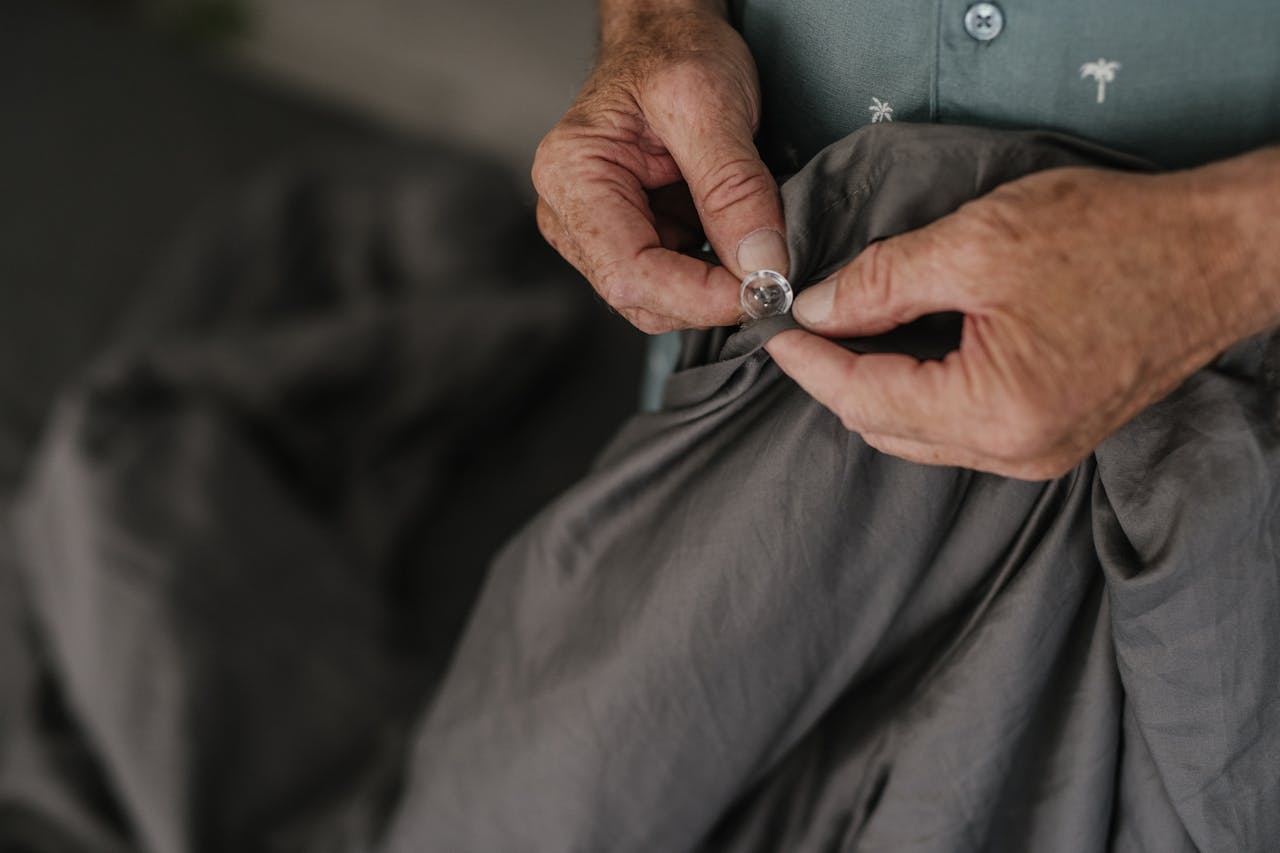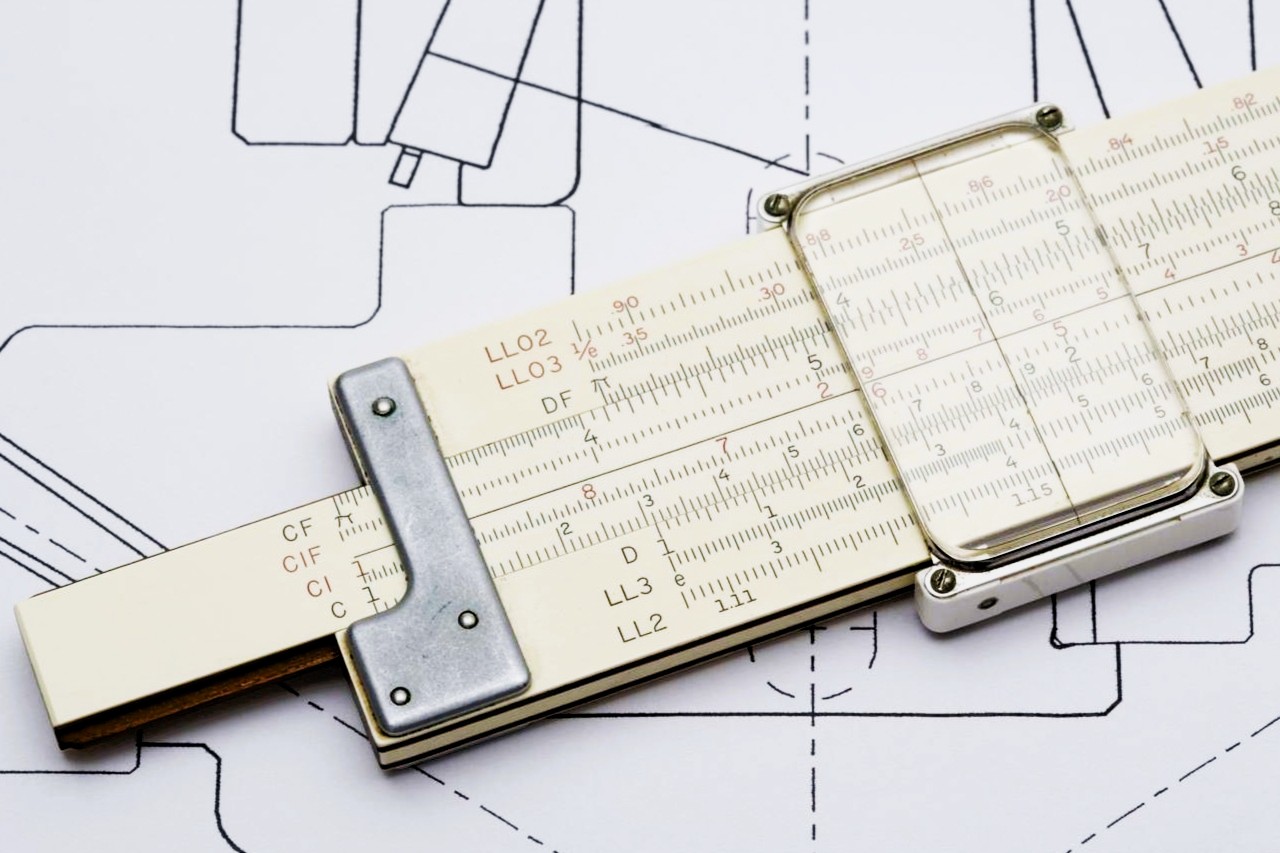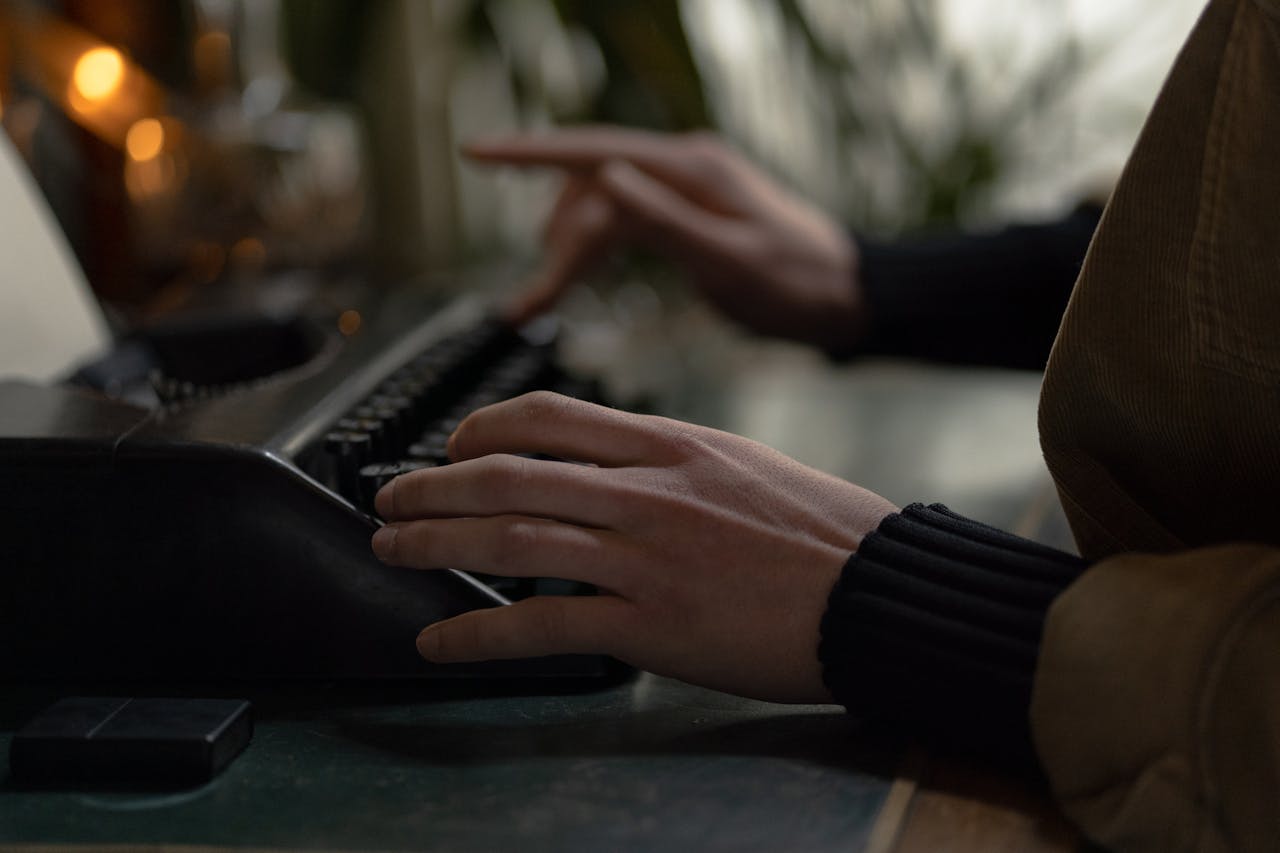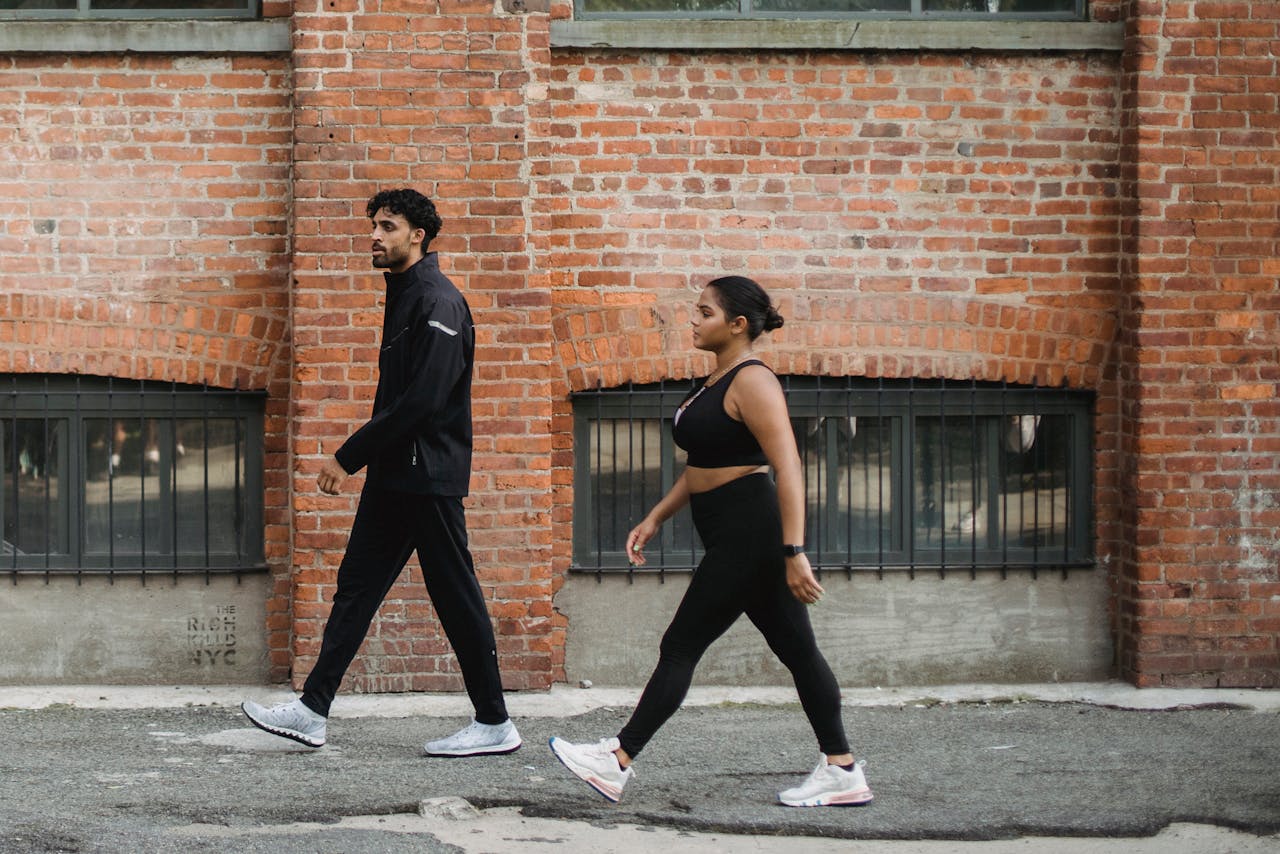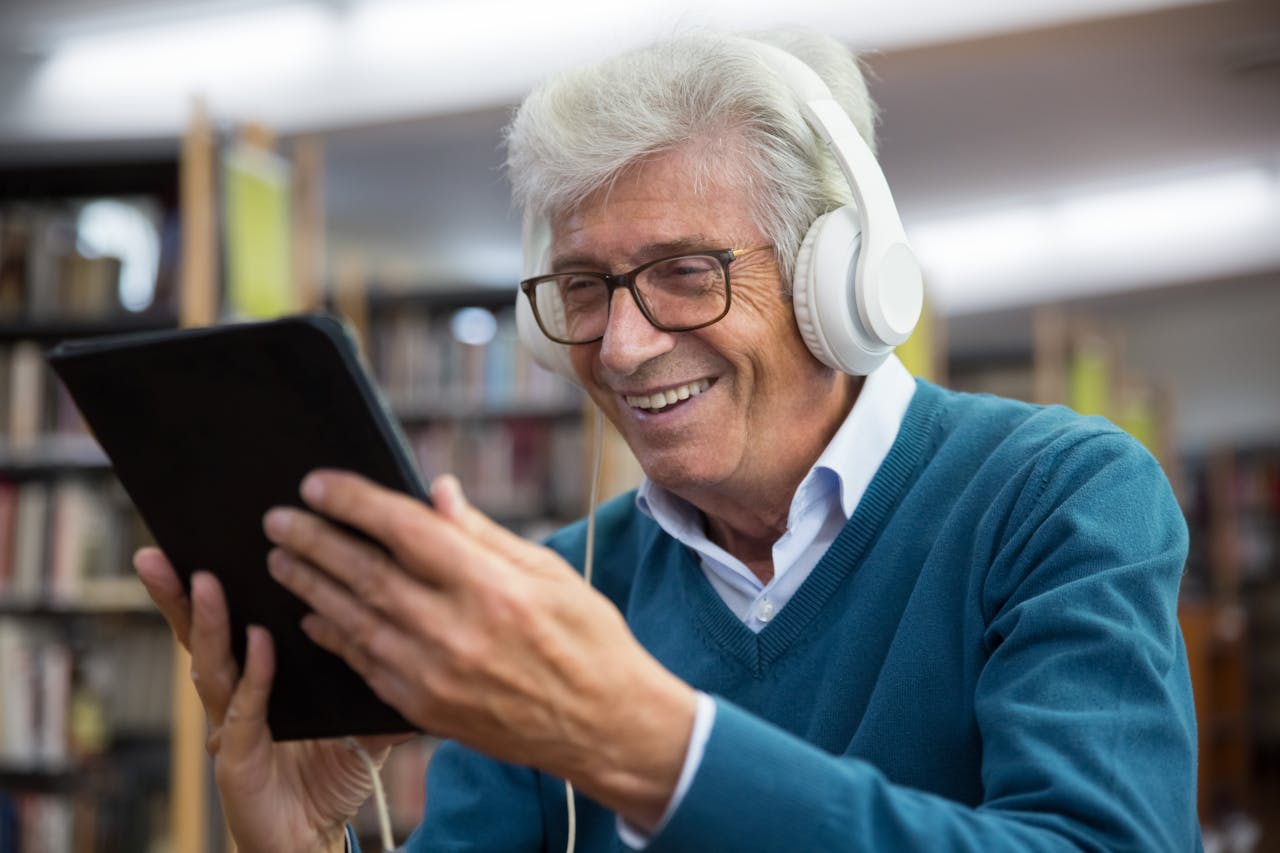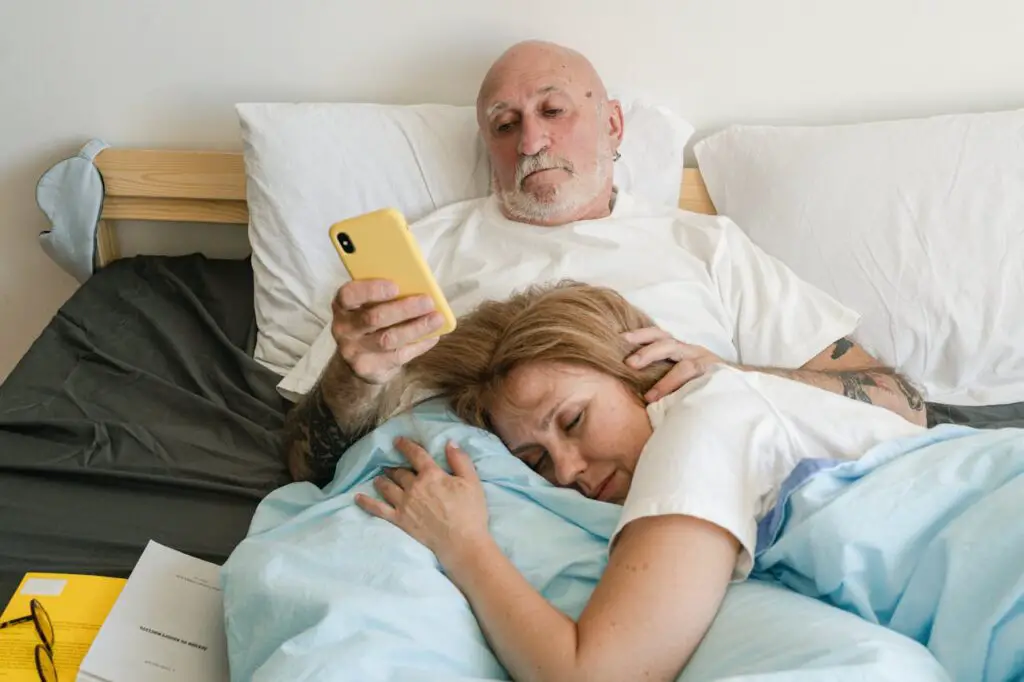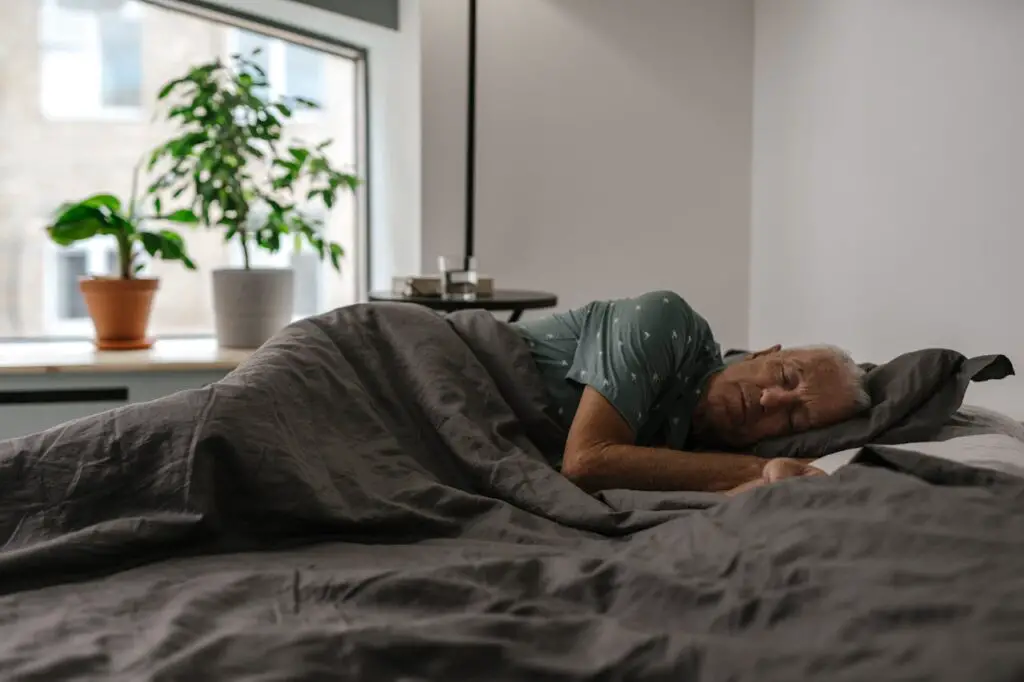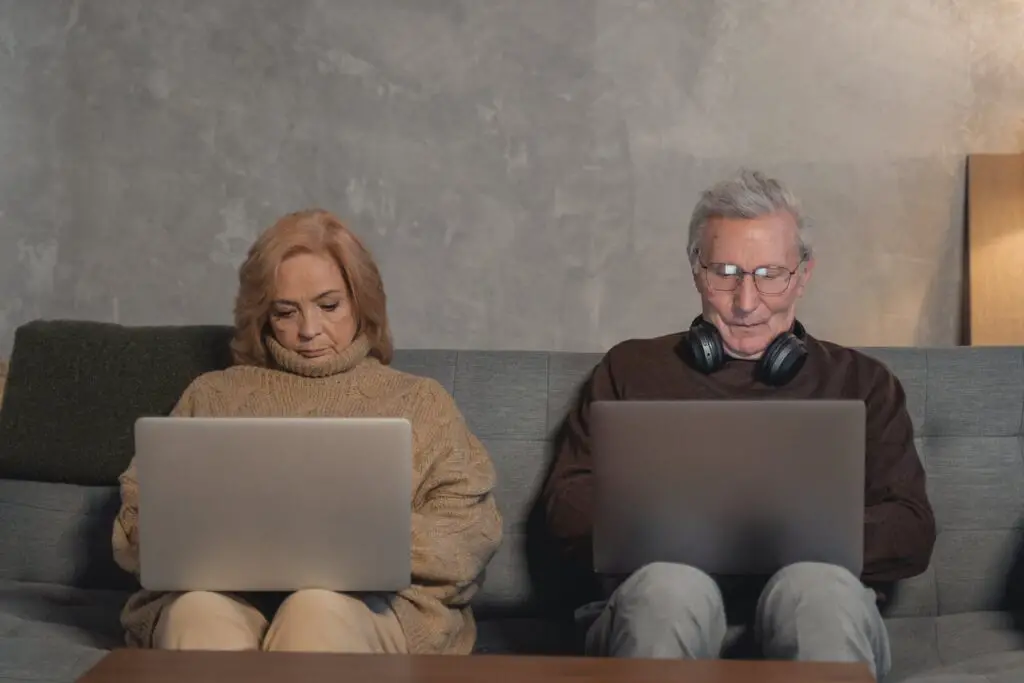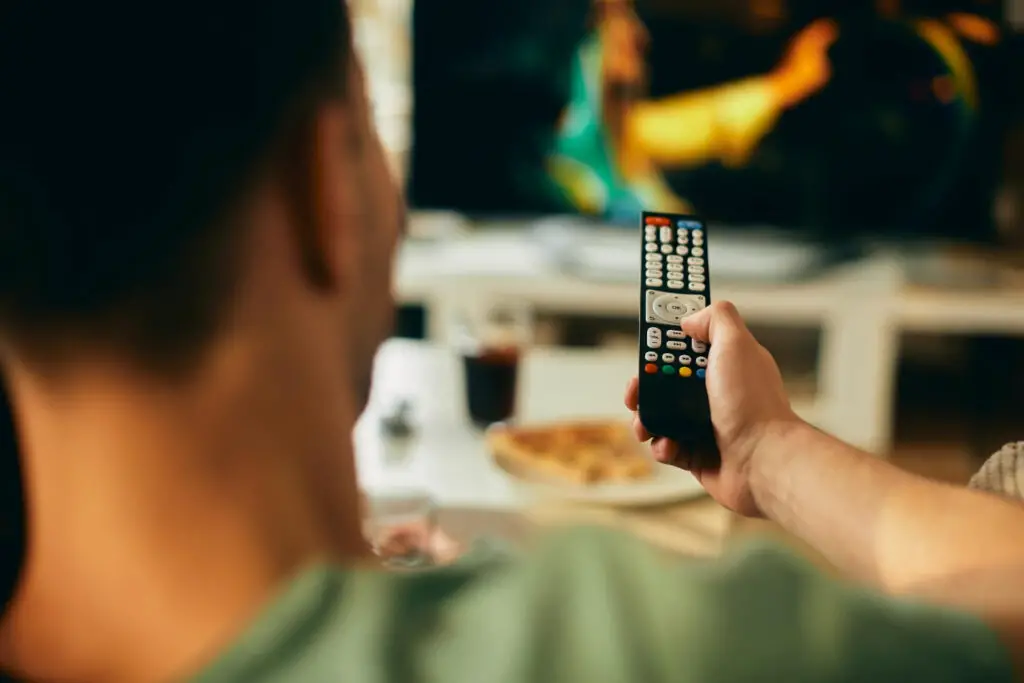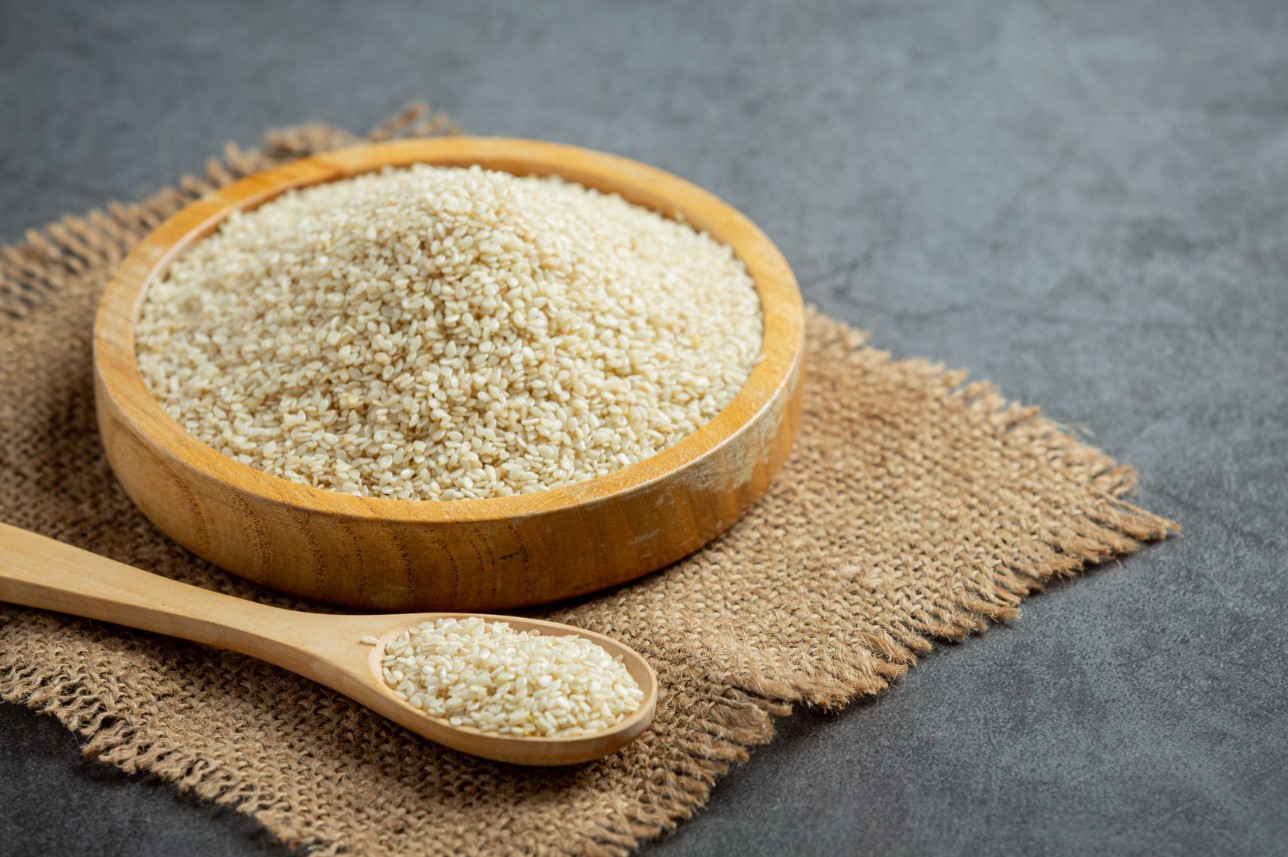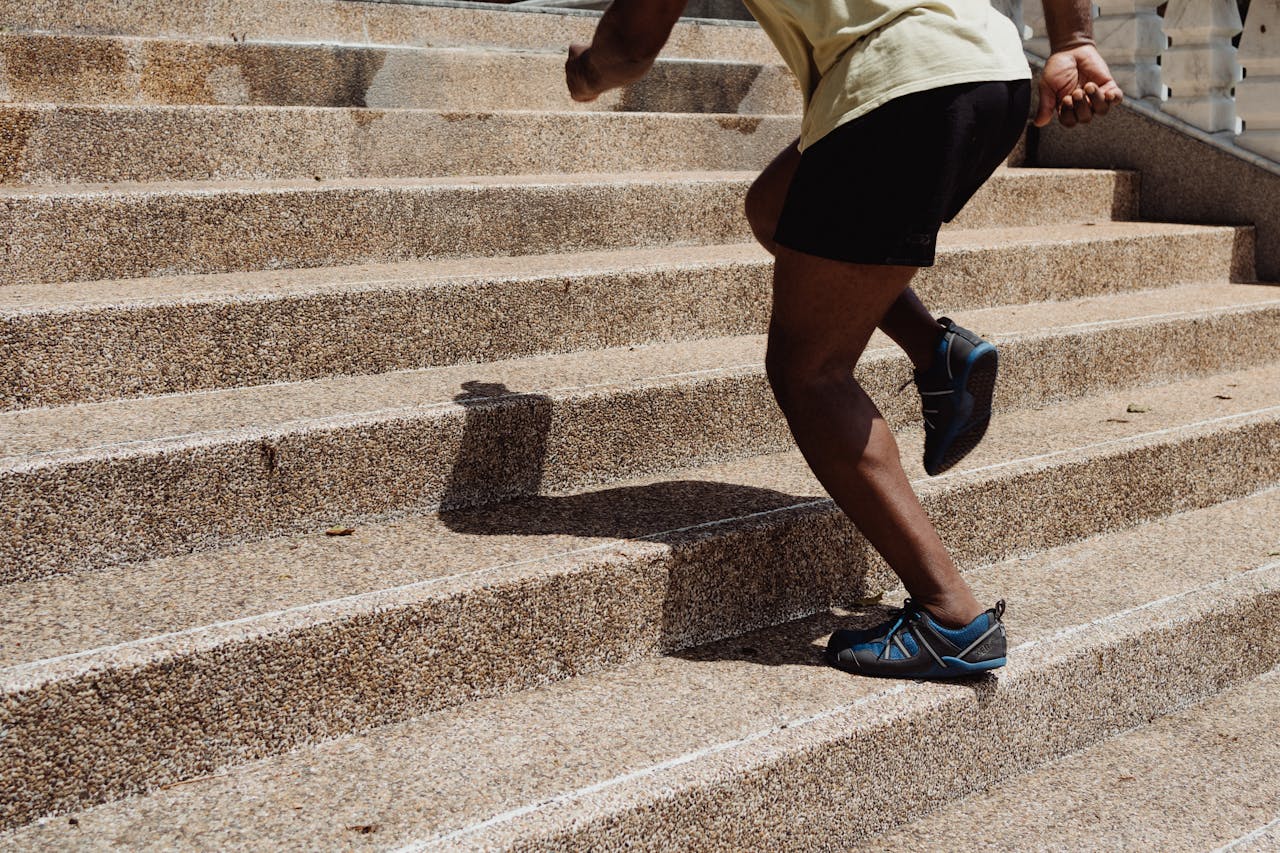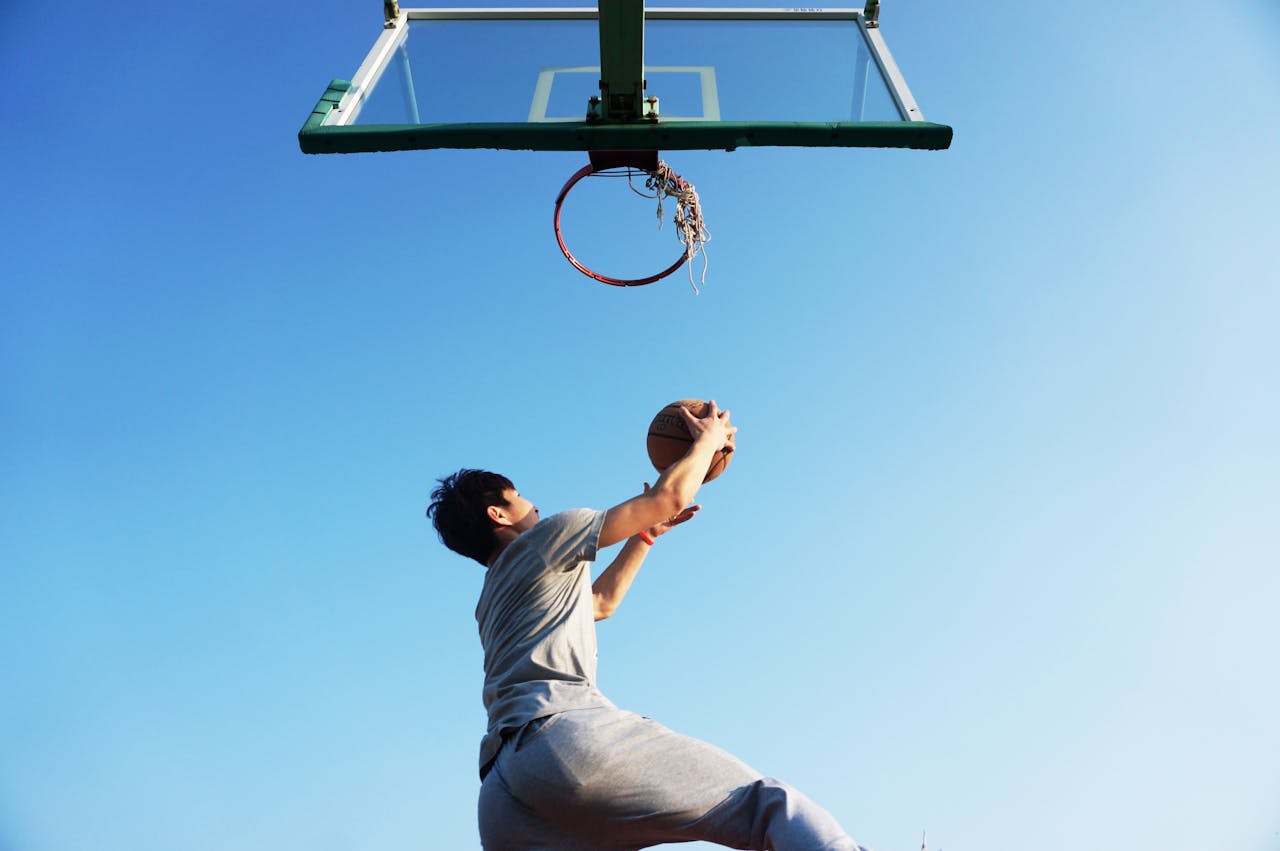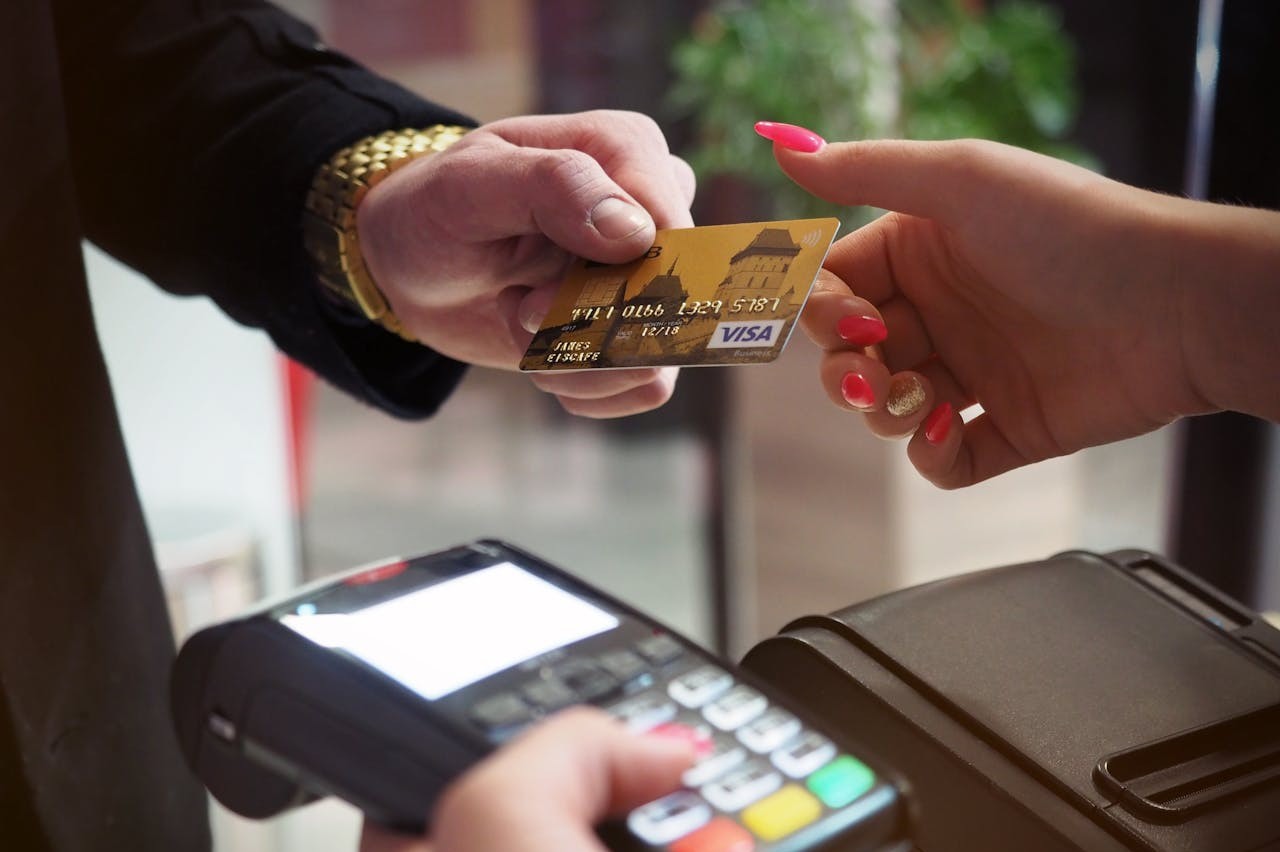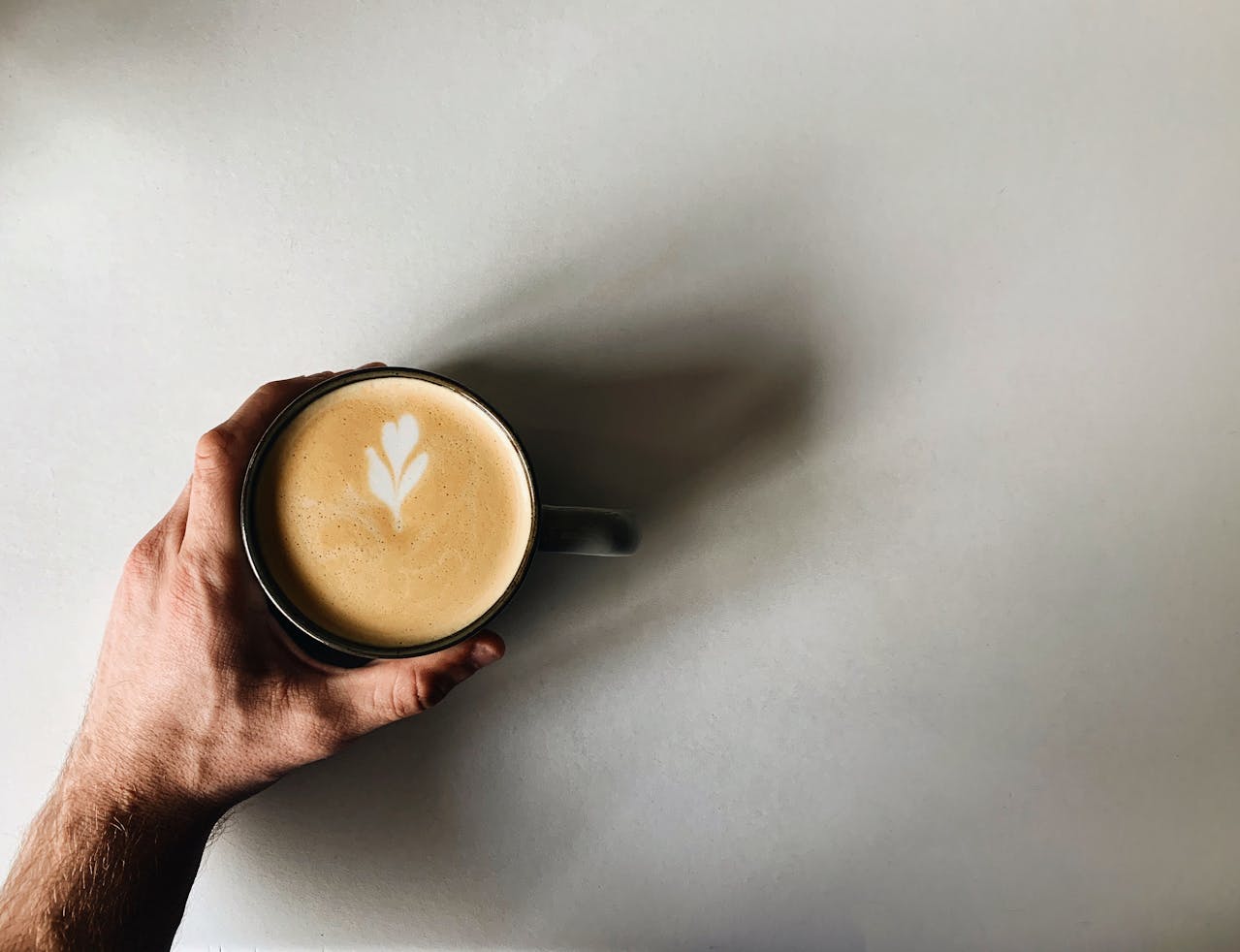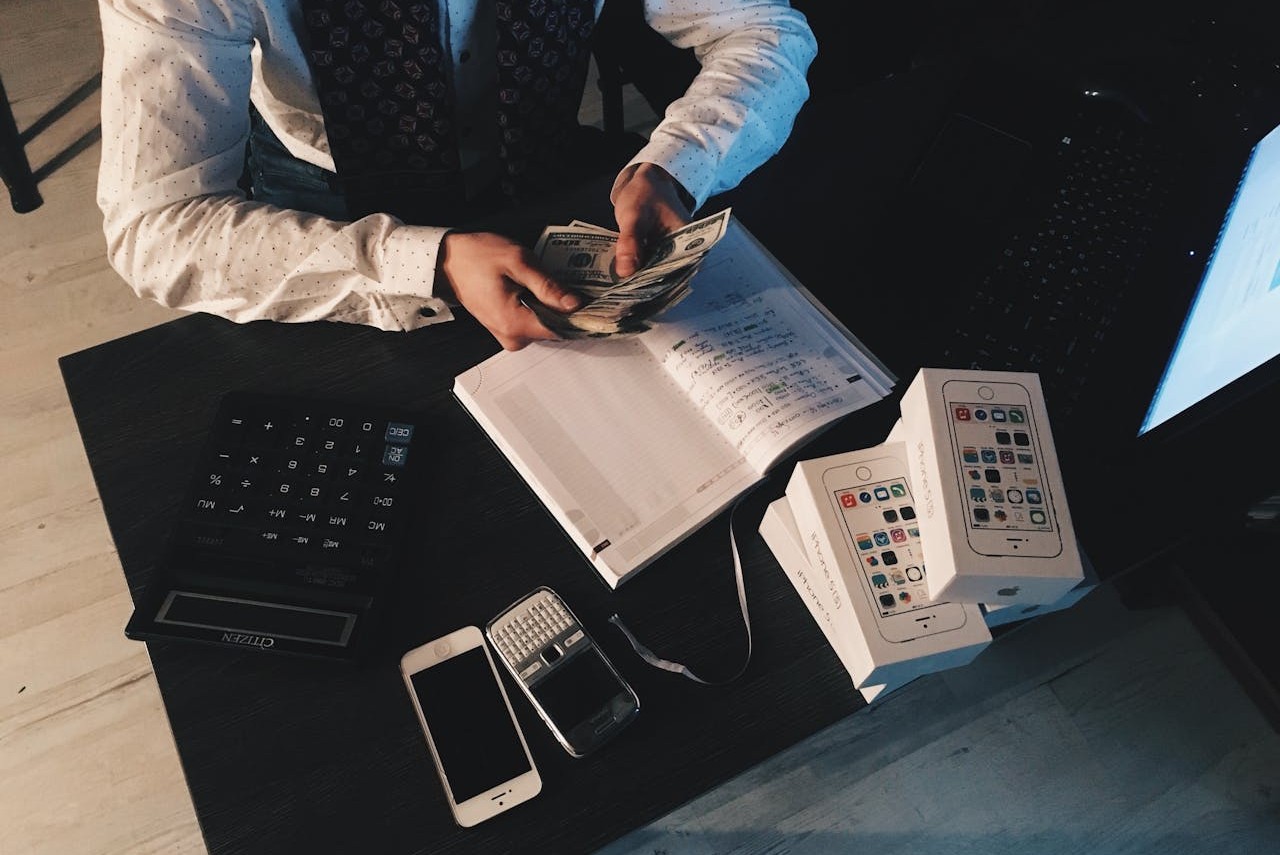7 Annoying Money Habits Your Friends Are Judging You For

When it comes to money, everyone has their quirks. But some habits can annoy those around you, even if they don’t say it outright. Whether it’s splitting the bill unfairly or constantly borrowing cash, these behaviors can make you the subject of quiet judgment. If you want to keep your friendships strong and your reputation intact, it’s time to address these habits. Here are seven annoying money habits your friends might secretly be judging you for.
1. Dodging Your Share of the Bill

Nobody likes the friend who mysteriously disappears when it’s time to settle the check. Whether you conveniently forget your wallet, underpay your share, or suggest splitting the bill unevenly, this habit creates tension and leaves others feeling taken advantage of. Friends notice when you’re always the one “forgetting” to contribute, and it can make them hesitant to invite you out in the future. To avoid this, be proactive about paying your fair share. Use apps like Venmo or Splitwise to make splitting costs easier, and always carry some cash or a card to avoid excuses. By being fair and reliable, you’ll show your friends that you value their company and respect their time and money.
2. Constantly Borrowing Without Repaying

Borrowing money occasionally is understandable—life happens, and sometimes you might need a little help. However, if you make it a habit to borrow without paying people back, it becomes a serious issue. Friends may feel awkward asking for their money, but they won’t forget that you owe them. This behavior can erode trust and make others feel like you’re taking advantage of their generosity. Over time, they may start avoiding financial interactions with you altogether. If you do borrow, make a point to repay promptly, even if it’s a small amount. Better yet, budget for emergencies so you don’t have to borrow in the first place. Showing responsibility in this area will help you maintain healthy relationships and avoid unnecessary conflict.
3. Being a Cheapskate in Group Settings

It’s great to be frugal, but being overly stingy—like refusing to tip appropriately, skipping your turn to buy a round of drinks, or always choosing the cheapest option while expecting others to subsidize your experience—can frustrate your friends. This habit can make group outings feel awkward and diminish the enjoyment for everyone. While it’s important to stick to your budget, it’s equally important to consider the group dynamic. To avoid being labeled a cheapskate, balance your budget-consciousness with thoughtfulness for others. If you’re worried about costs, suggest affordable activities or venues instead of making everyone else adjust to your preferences.
4. Oversharing About Financial Struggles

While it’s important to have a support system, constantly bringing up your financial woes can wear on your friends. Nobody wants to hear about your unpaid bills, tight budget, or financial stress every time you meet. This can make others feel uncomfortable or guilty, especially if they’re in a better financial position. Over time, this habit can create distance in your relationships as friends may start avoiding conversations with you to escape the negativity. Instead, try to discuss your money concerns with a financial advisor or a close confidant rather than unloading on your entire friend group. Keep social interactions positive and focus on topics that everyone can enjoy.
5. Flaunting Your Wealth Excessively

On the flip side, bragging about your financial successes or expensive purchases can be just as annoying as complaining about money troubles. Constantly talking about your latest splurge, your luxury vacations, or your high-paying job can come across as tone-deaf, especially if your friends are on tighter budgets. This habit can create feelings of envy or resentment, even if that’s not your intention. Over time, it can damage your friendships by making others feel inadequate or judged. Practice humility and remember that true wealth doesn’t need to be flaunted. Celebrate your wins privately or with close friends who understand your journey, and focus on being supportive rather than boastful.
6. Asking for Discounts or Freebies Too Often

Everyone loves a good deal, but constantly asking your friends for discounts, freebies, or favors related to their work can be frustrating. Whether it’s expecting free tickets to their event, haggling for a discount on a product they sell, or asking them to do professional work for free, this habit can make your friends feel undervalued and unappreciated. It’s important to respect their time, effort, and expertise by supporting their work at full price whenever possible. If they offer you a discount or freebie, graciously accept it, but don’t make it a habit to ask. By showing respect for their professional boundaries, you’ll strengthen your friendships and avoid unnecessary tension.
7. Comparing Finances with Friends

Bringing up who earns more, who spends less, or who has the best investments can create unnecessary competition and strain your friendships. Nobody likes feeling judged or compared, especially when it comes to personal finances. This habit can make conversations tense and lead to feelings of inadequacy or resentment. It can also make you seem overly focused on material success, which can alienate friends who value other aspects of life. Instead of comparing, focus on supporting and celebrating each other’s financial milestones. Remember, everyone’s financial journey is unique, and friendships are more valuable than numbers.
Final Thoughts

Money can be a sensitive topic, but it doesn’t have to be a source of tension in your friendships. By avoiding these annoying money habits, you can maintain strong, healthy relationships while also improving your financial habits. Remember, small changes can make a big difference, both in your wallet and in your social life. So the next time you’re out with friends or handling shared expenses, keep these tips in mind to ensure you’re not the one being quietly judged.
By practicing fairness, respect, and consideration, you’ll create a positive environment where everyone feels valued—both financially and personally.
